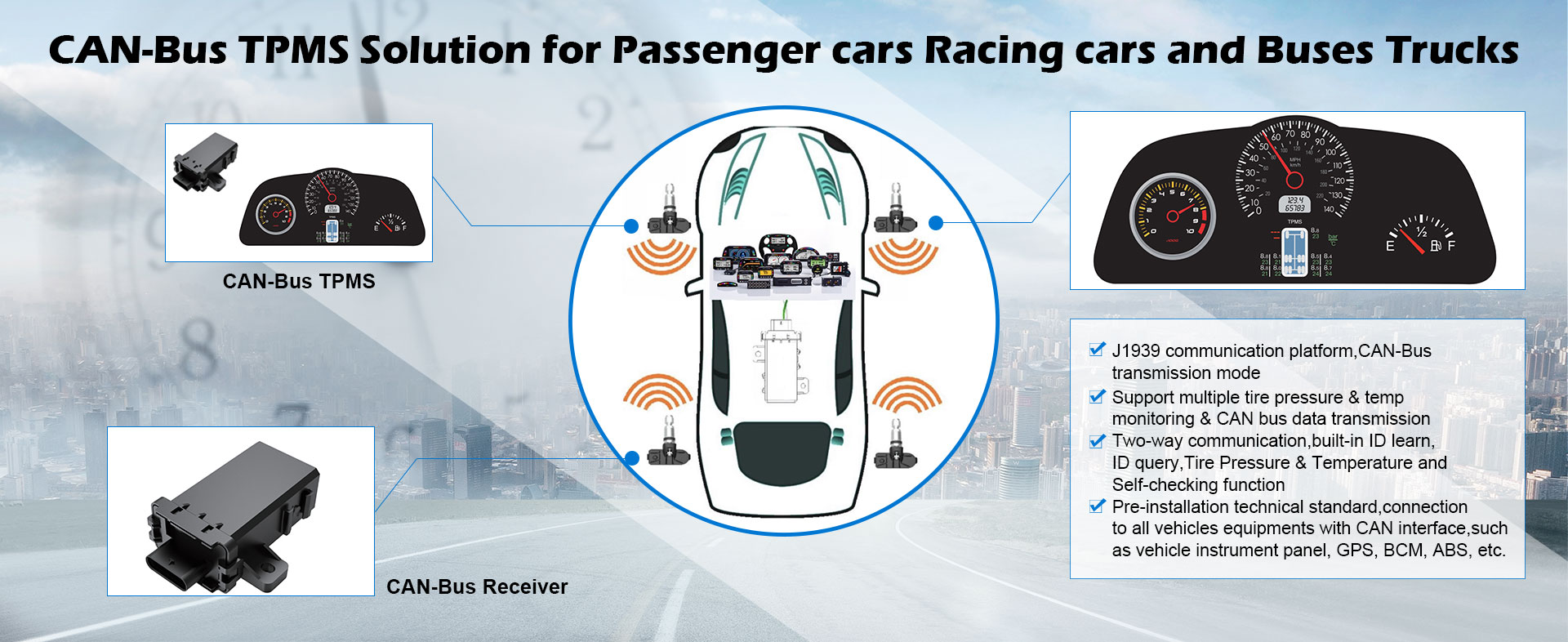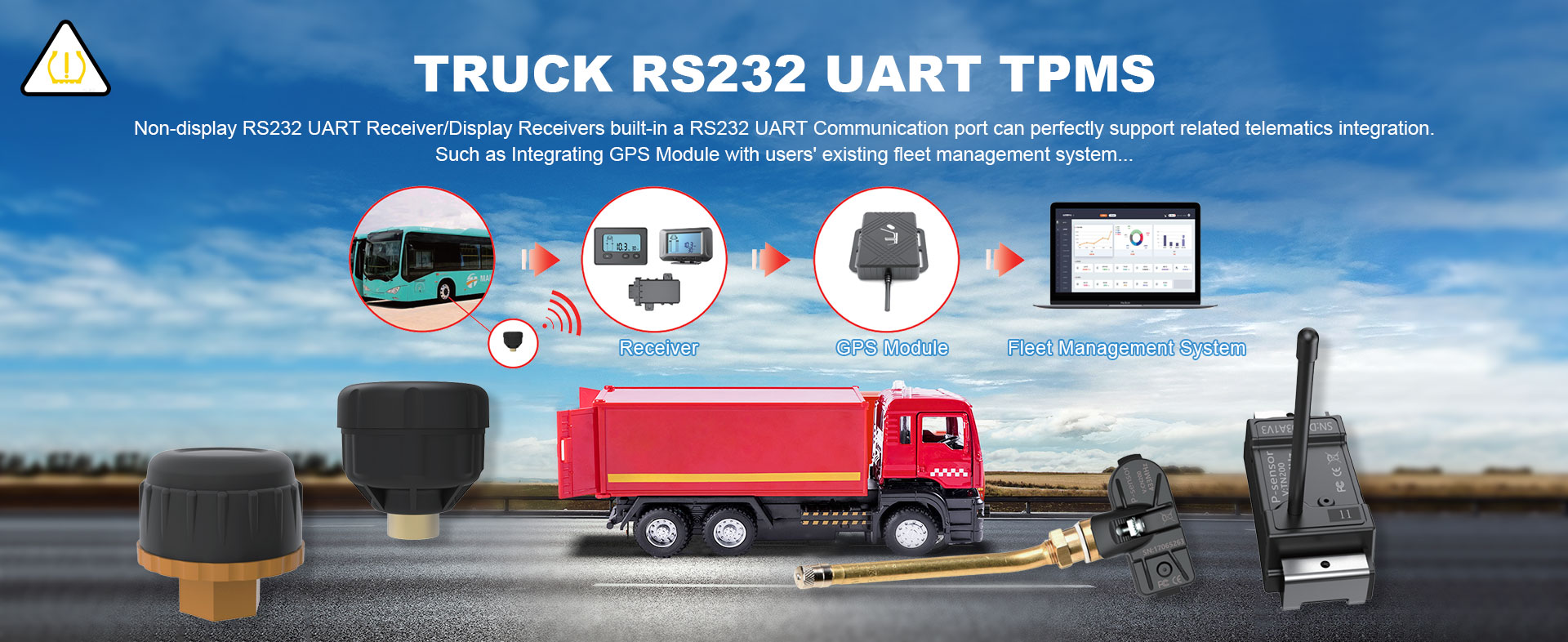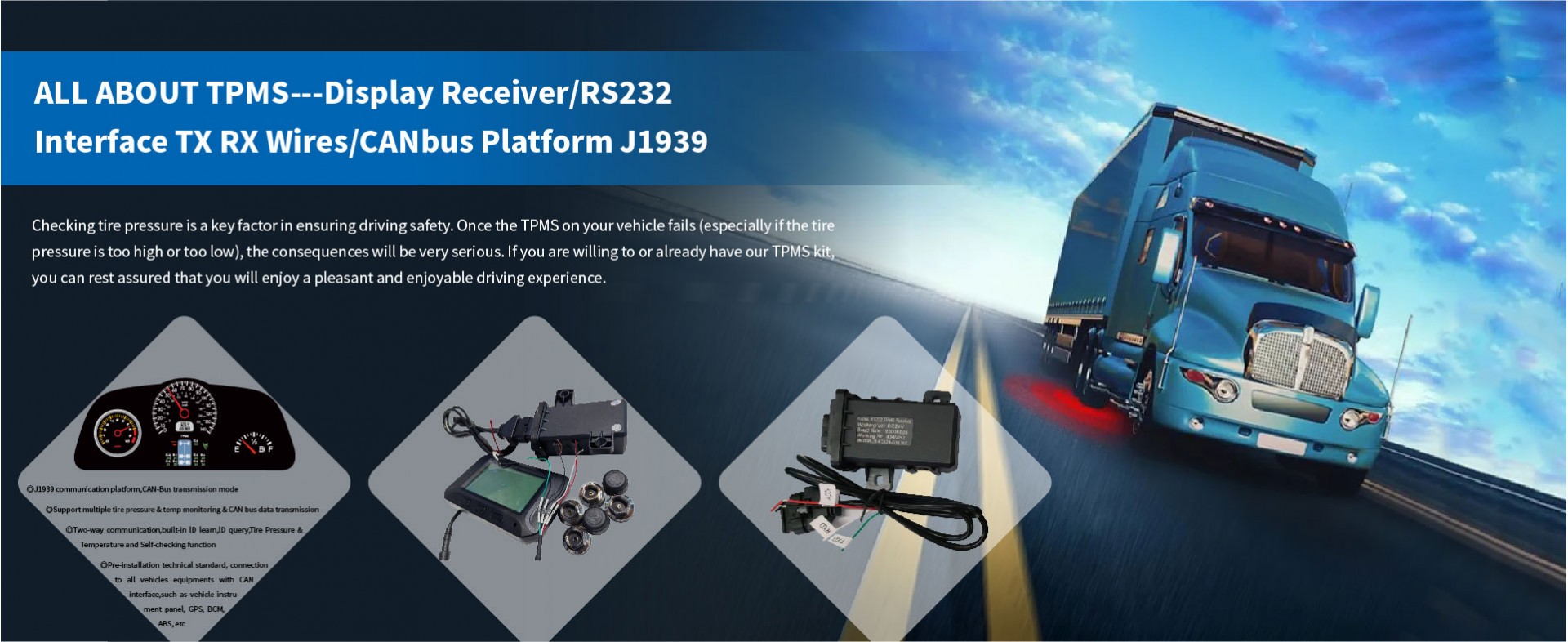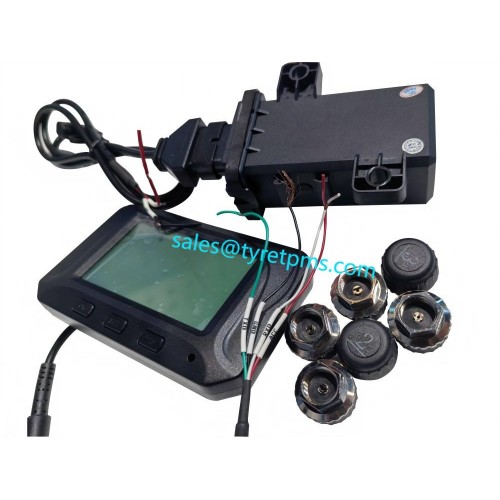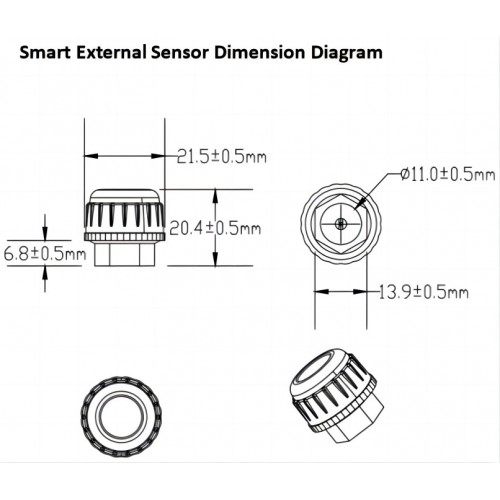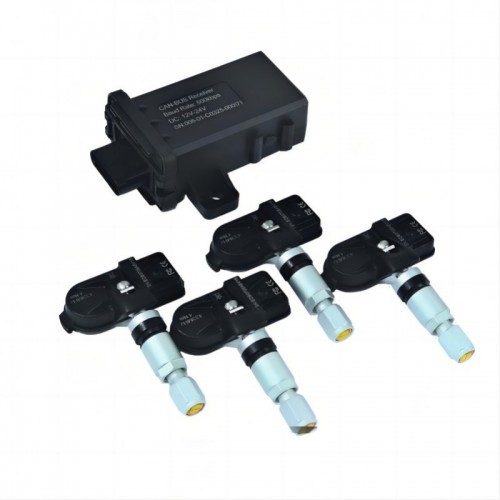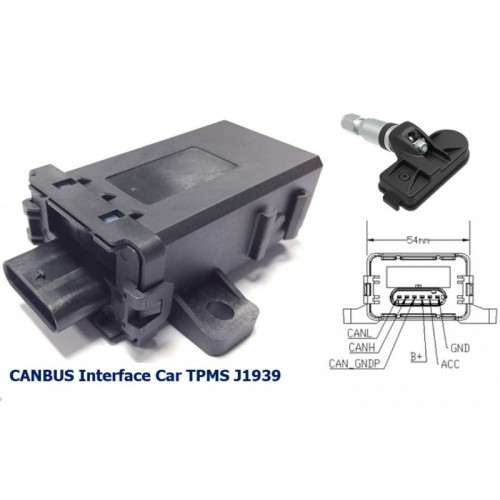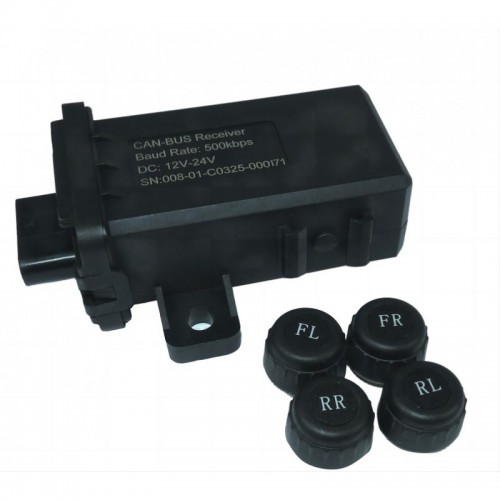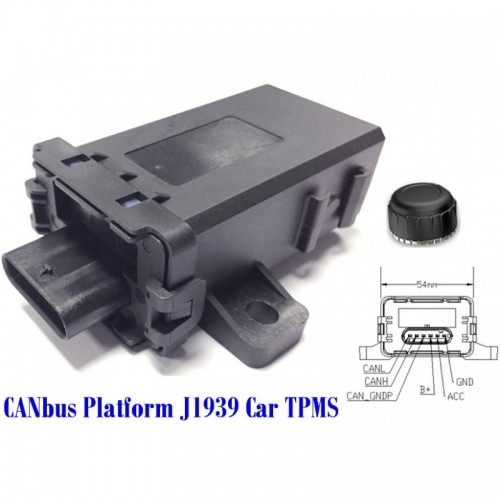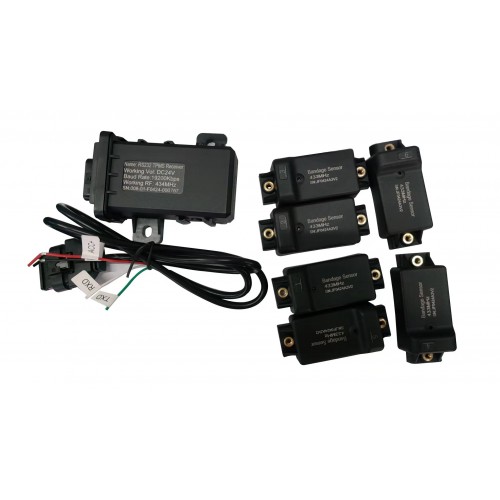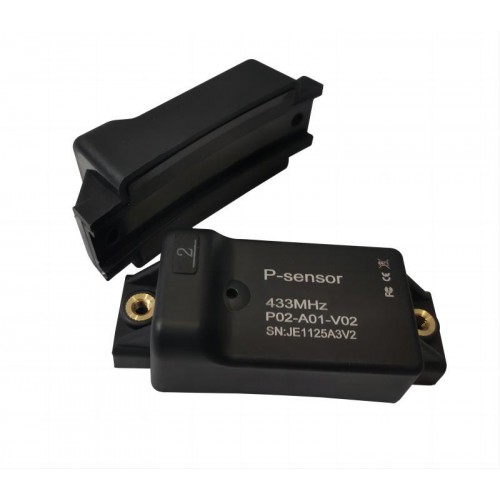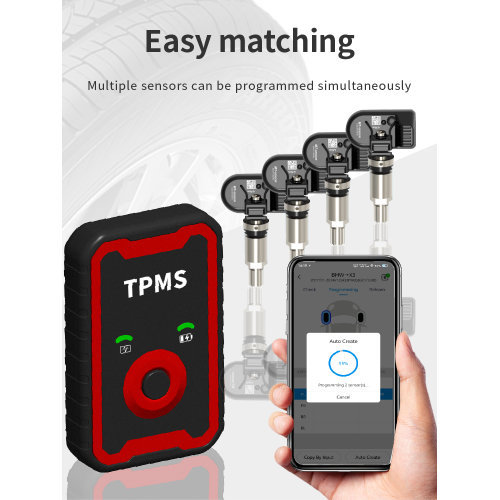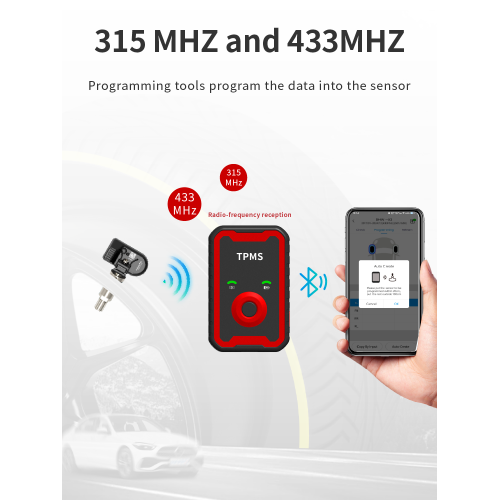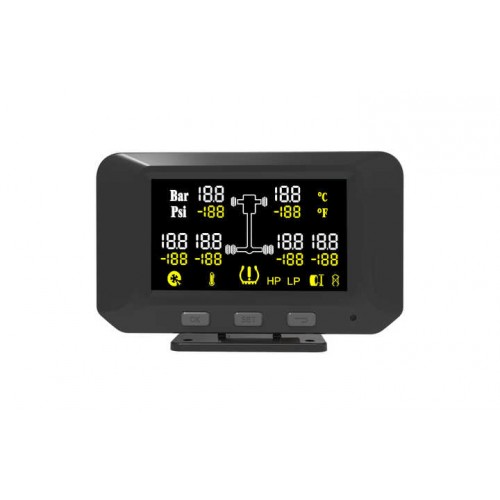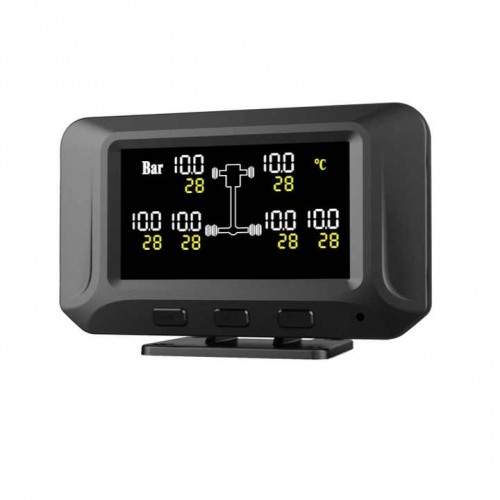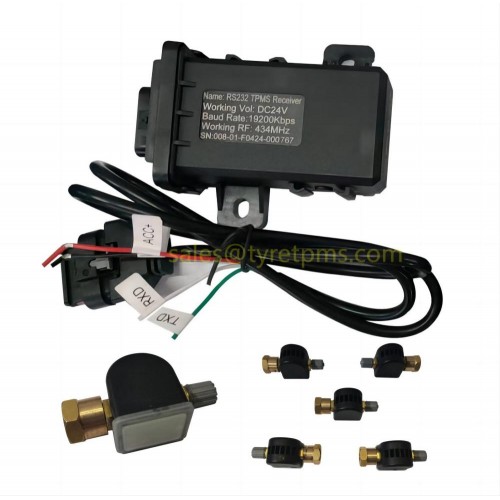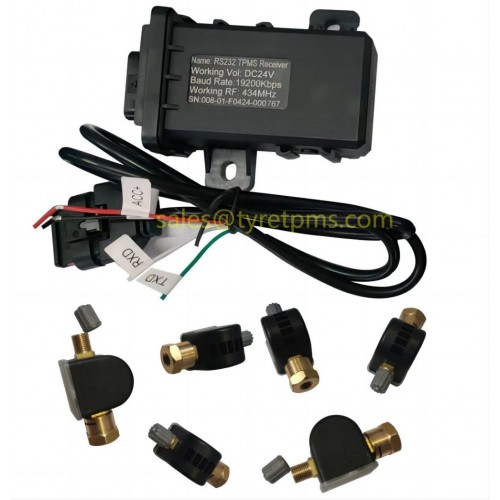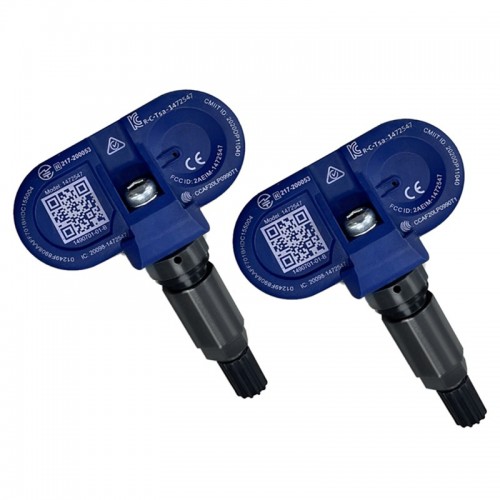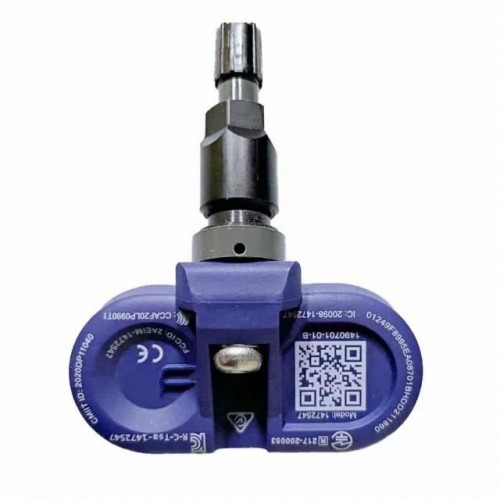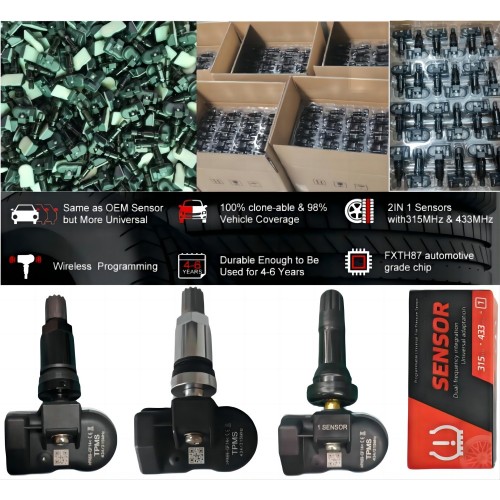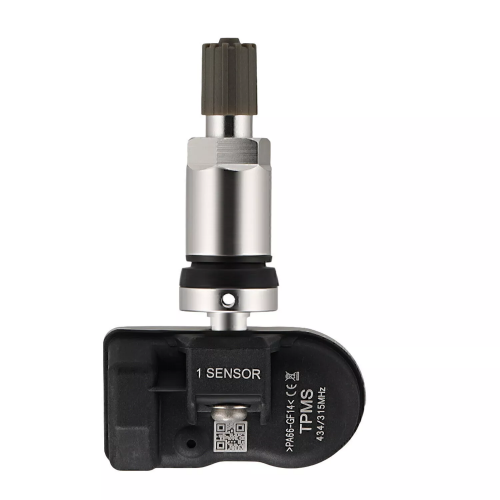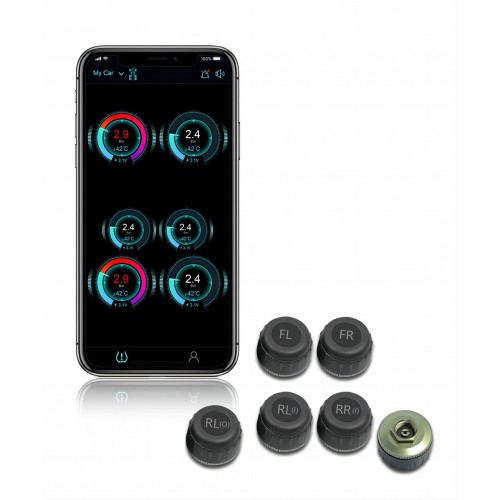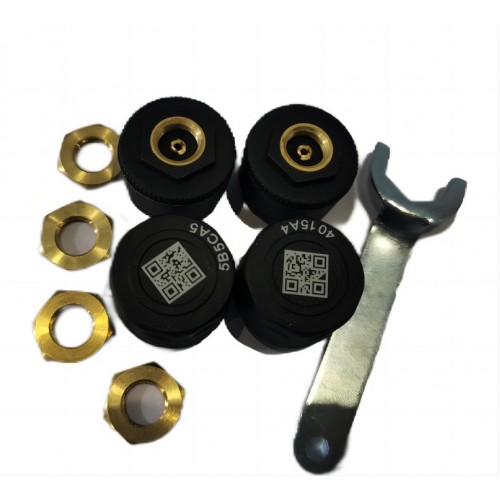Recommended products
RS232 Truck TPMS Internal Bandage Sensor excellent for GPS G..
TPMS Kits simultaneously display 6-Wheel Vehicle tyre data U..
About us
We are experts in tire pressure monitoring systems (TPMS) which proposes itself as the ideal partner for companies in search of a trustworthy and stable collaborator.Our TPMS monitors real time tire pressure and temperature. A wireless TPMS will save fuel, extend the life of your tires, cut downtime, and make road travel safer and uncompromised. We are passionate about providing excellent customer service and pride ourselves on delivering quality products.
Product Range includes Internal/External Sensor TPMS Integrated with Car DVD Players,CAN bus TPMS receiver,Interface-based(RS232,etc) Receiver for Passenger Car,Bus,Engineering Vehicle,Racing Truck(Car),Port Loader,Truck,etc.Our Product Covers a wide range of application from Passenger Vehicle,RV,Bus...

